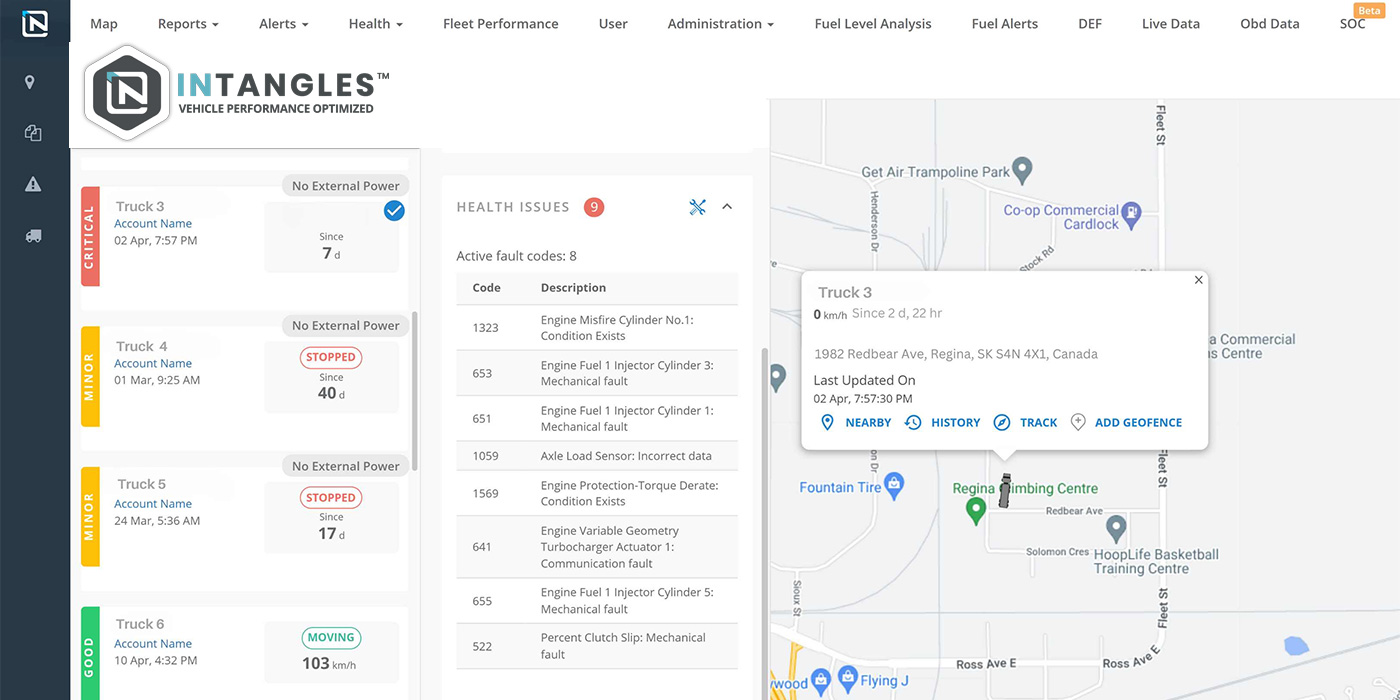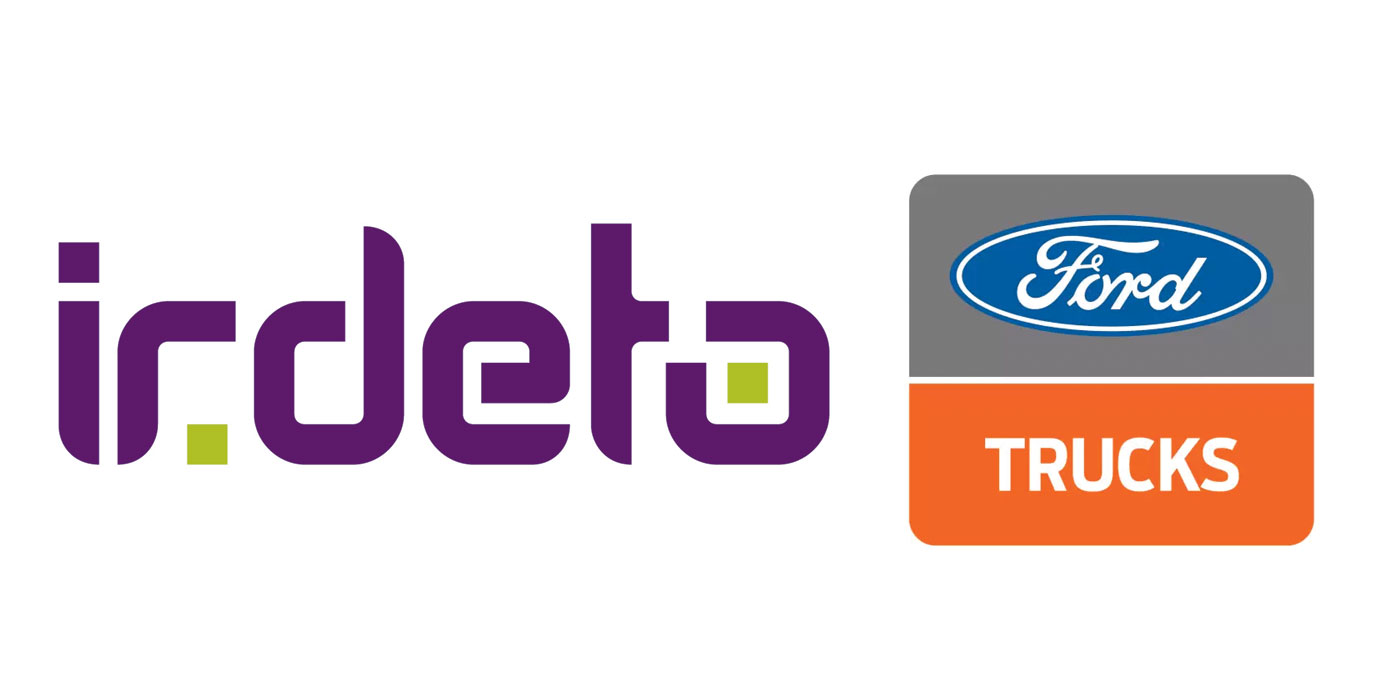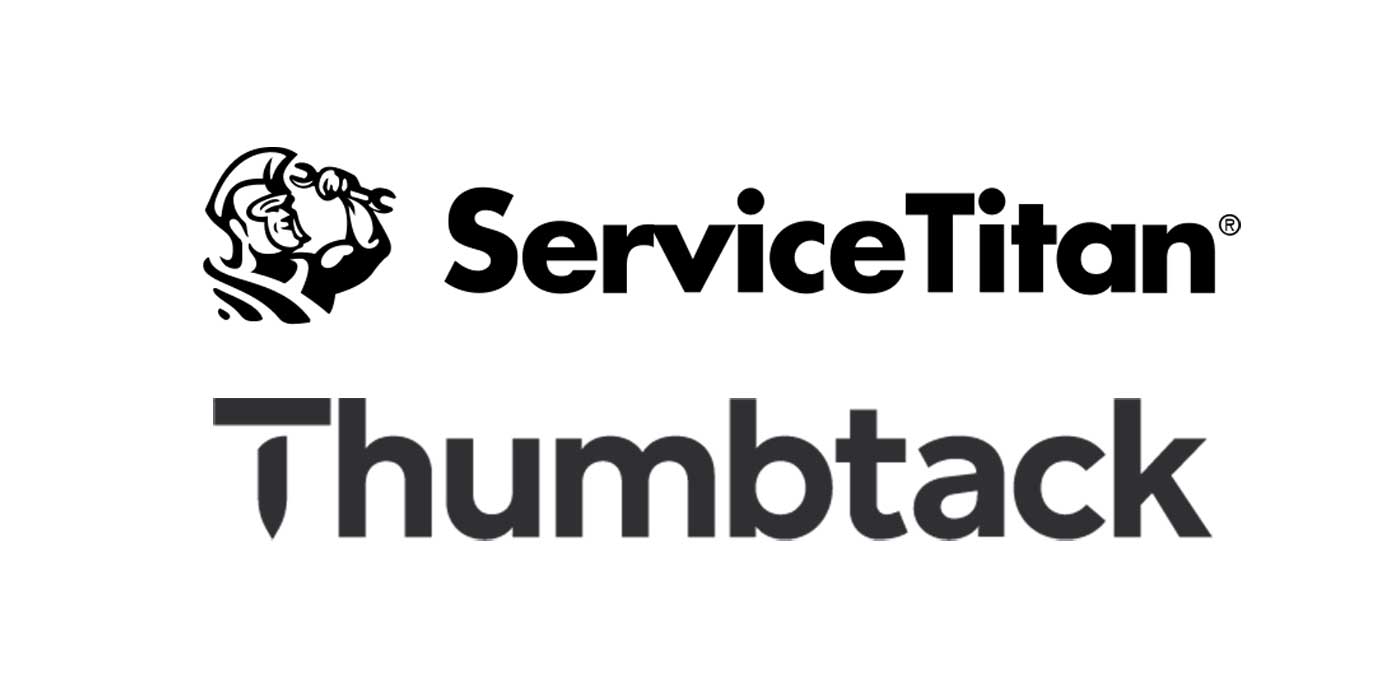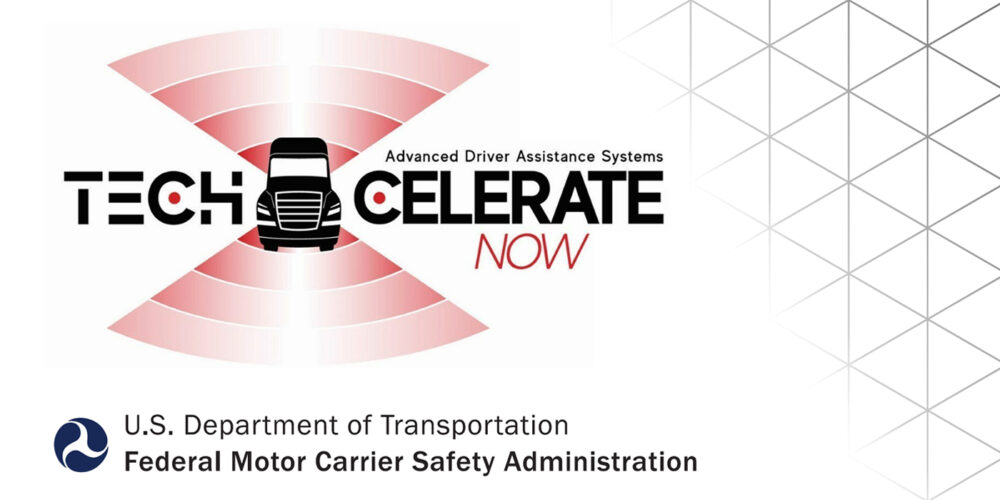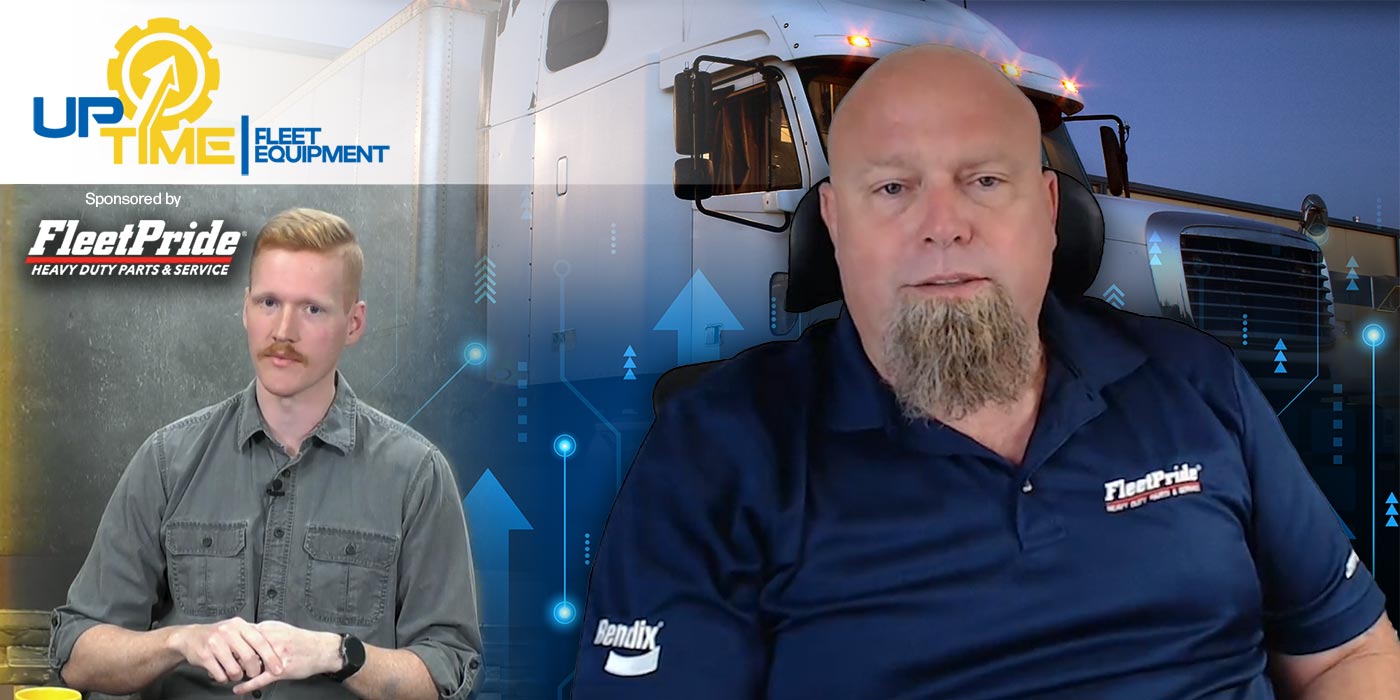More than 3,000 Americans died in distracted driving crashes in 2021, according to the National Highway Traffic Safety Administration (NHTSA). The cost per non-fatal injury crash is $195,258, and the average cost of a fatal crash is $3,604,518, according to the Federal Motor Carrier Safety Administration (FMCSA). How do fleet-dependent companies begin to address what would appear to be such a pervasive, intractable problem? They start by identifying the distractions and defending against them. Thankfully, there now exists technology that can simplify the process, provide actionable insights, and help fleet drivers become safer.
Combining artificial intelligence with dashcam technology can help identify and mitigate risk, as well as alert drivers to potentially hazardous behaviors. There are three main types of distraction: visual (taking your eyes off the road), manual (taking your hands off the wheel), and cognitive (taking your mind off the task of driving). The latter is especially impacted by long-haul driving. Texting while driving is one of the most hazardous driving activities because it engages the three kinds of driving distractions.
There are three chief ways to combat these distractions: talk, train and track. “Talk” refers to conveying the dangers of distractions and the importance of safe driving, both to the driver and the company. “Train” can indicate behind-the-wheel training or online training, emphasizing and outlining specific safety protocols, which can be refreshed on an ongoing basis, especially as new challenges and dangers arise. The last tactic, “track,” which is especially compelling when combined with training, is where AI factors in.
Tracking can counteract distracted driving by utilizing technology to track relevant data points. This includes gathering visual evidence of driver behaviors, gaining visibility into driver status and road conditions, and documenting accidents.
Visual data falls into two main categories: external (the road, environmental factors and other vehicles) and internal (the driver, the cab and the front seat). Verizon Connect, for example, offers both road-facing cameras, which can help reduce on-the-road risks, as well as driver-facing dashcams that gather intelligence concerning the driver’s actions.
Video footage can be used to develop a deeper understanding of coachable opportunities – specific to individual drivers and behavioral tendencies. Are they more likely to apply brakes abruptly? Do they routinely stay within the speed limit? Are they more likely to drive while experiencing fatigue? Do they maintain the same speed even during inclement weather? Do they ever text while driving?
These tendencies can serve to predict potential hazards, and it can also be a powerful training tool. People are not always aware of their inclinations. To be able to see one’s tendencies in irrefutable video footage with a solution like Verizon Connect’s AI Dashcam, especially those tendencies that can lead to dangerous situations, can serve as a teacher and motivator. But to be effective, fleet managers must use data and KPIs to coach drivers to work toward defined performance metrics. This transforms becoming a safer driver from an ambiguous exercise to something concrete and measurable.
This story was contributed by Veronica Ng of Verizon Connect.


